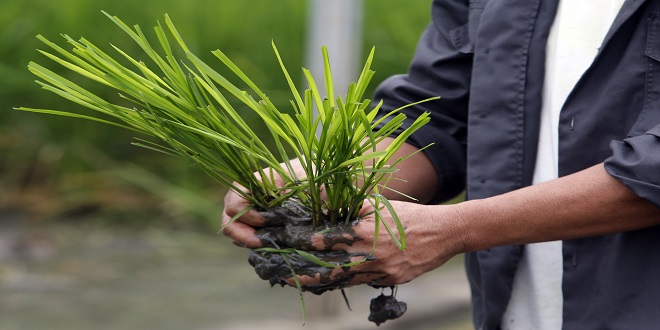Current Status and Options for Crop Biotechnologies in Developing Countries

Introduction
In developing countries, there is a need for continued focus on optimizing agricultural output in conjunction with conserving the natural resources base via improved crops and crop management systems. The implications of climate change make it necessary to integrate considerations regarding adaptation, uncertainty, vulnerability and resilience into agricultural research programmes and strategies.
The various biotechnologies available have the potential to play a significant role in achieving these aims. Crop biotechnologies have developed incrementally over the past century, but progress has accelerated greatly over the last two decades leading to many important scientific achievements and impressive technological advances.
A wide range of crop biotechnologies is available and some are increasingly used in developing countries, especially tissue culturebased techniques (such as micropropagation), mutagenesis, interspecific or intergeneric hybridization, genetic modification, marker-assisted selection (MAS), disease diagnostics and bioprotection, and biofertilization
As with other maturing technologies, there have been mixed experiences with crop biotechnologies in developing countries. Genetic modification has had limited but real success in modifying a few simple input traits in a small number of commercial commodity crops, adopted also in some developing countries.
The wider application of genetic modification has been slowed down by severe limitations on the kinds of traits available, complex intellectual property rights regimes and regulatory issues, and the often negative public perception. While there have been significant successes in the adoption by farmers of a few first-generation transgenic varieties, there have also been unexpected market setbacks as farmers sought to avoid high seed costs and other restrictions.
The major breeding and crop management applications to date have come from nontransgenic biotechnologies encompassing the full range of agronomic traits and practices relevant to developing countries’ farmers. For example, mutagenesis is widely used in developing countries and more than 2 700 mutation-derived crop varieties have been obtained worldwide in the last sixty years, mainly in developing countries.
Interspecific hybridization allows the combination of favourable traits from different species and has been used successfully in, for instance, the development of interspecific disease-resistant Asian rice and New Rice for Africa (NERICA) varieties. However, interspecific hybridization programmes can be slow and require a great deal of scientific expertise and skilled labour.
MAS is still at a relatively early stage in its application for key subsistence crops in many developing countries, although it has begun to produce some significant results such as the development of a pearl millet hybrid with resistance to downy mildew disease in India. The costs and technical sophistication required for MAS, however, remain major challenges for developing countries.
Final word
Micropropagation is used for the mass clonal propagation of elite lines or disease-free planting material. Many developing countries have significant crop micropropagation programmes and are applying it to a wide range of subsistence crops. Biotechnology also offers important tools for the diagnosis of plant diseases of both viral and bacterial origin, and immuno-diagnostic techniques as well as DNA-based methods are commercially applied for this purpose in many developing countries. Biofertilizers are also being used in developing countries both to augment the nutritional status of crops and as alternatives to chemical supplements




